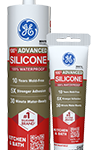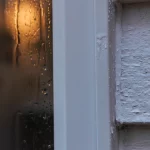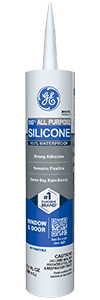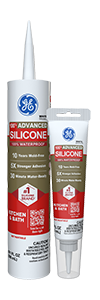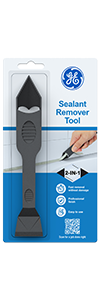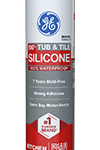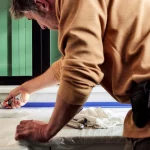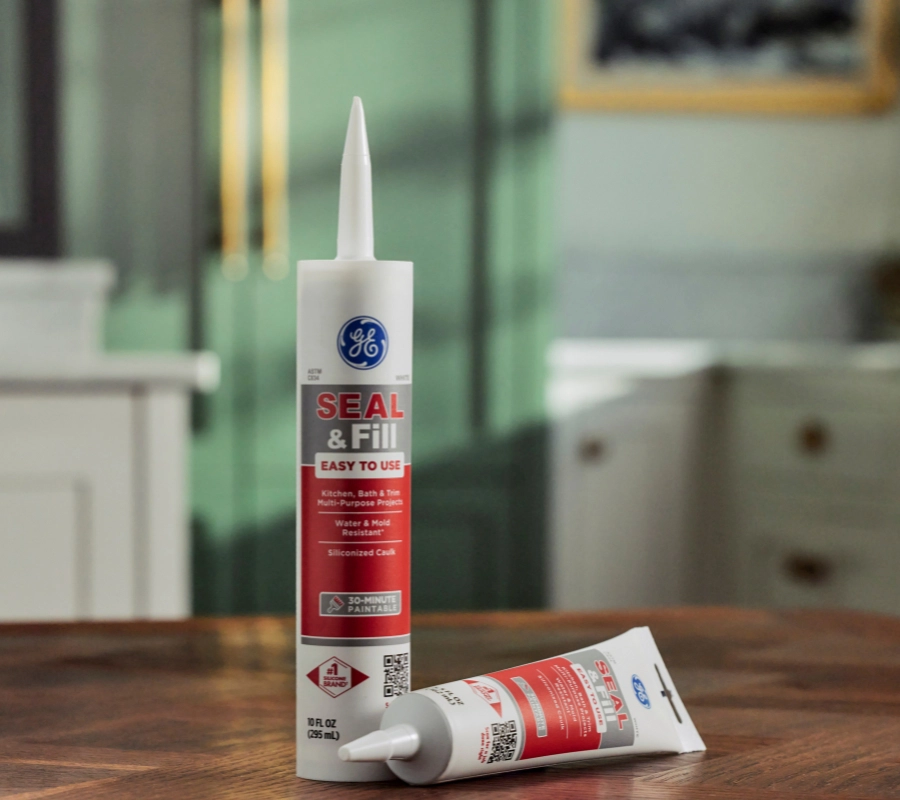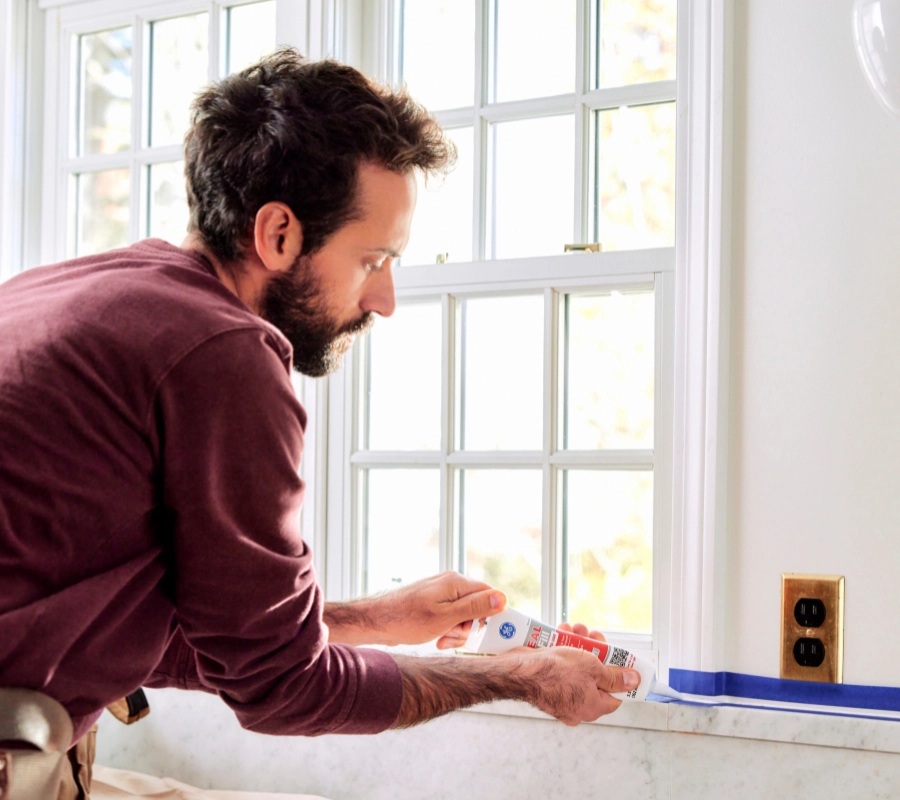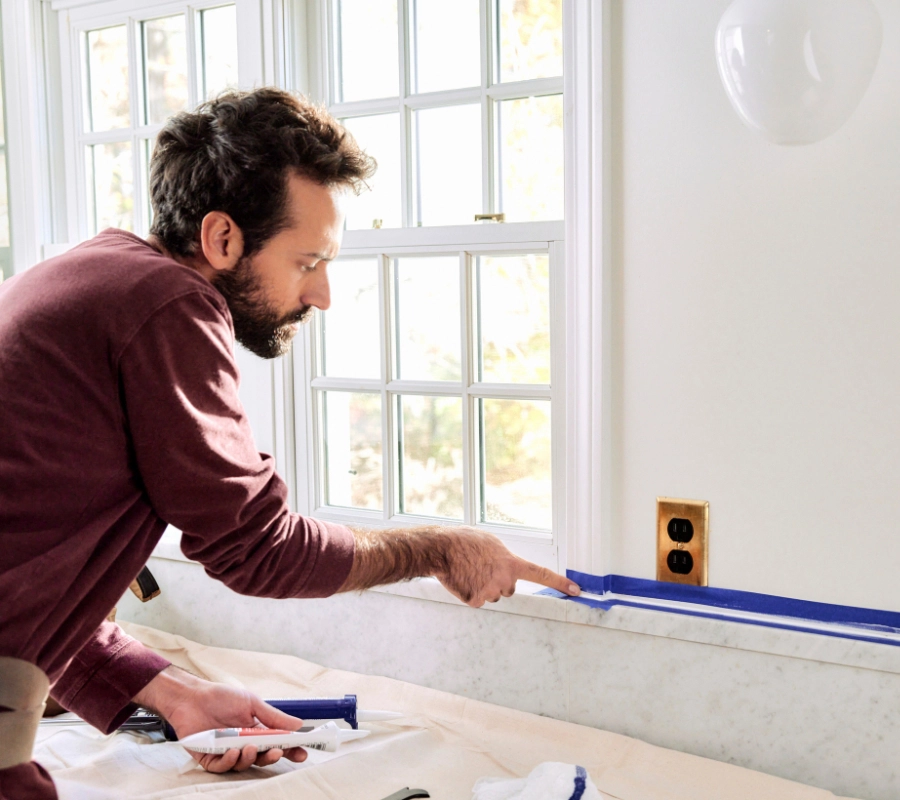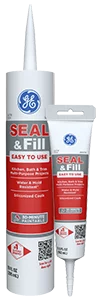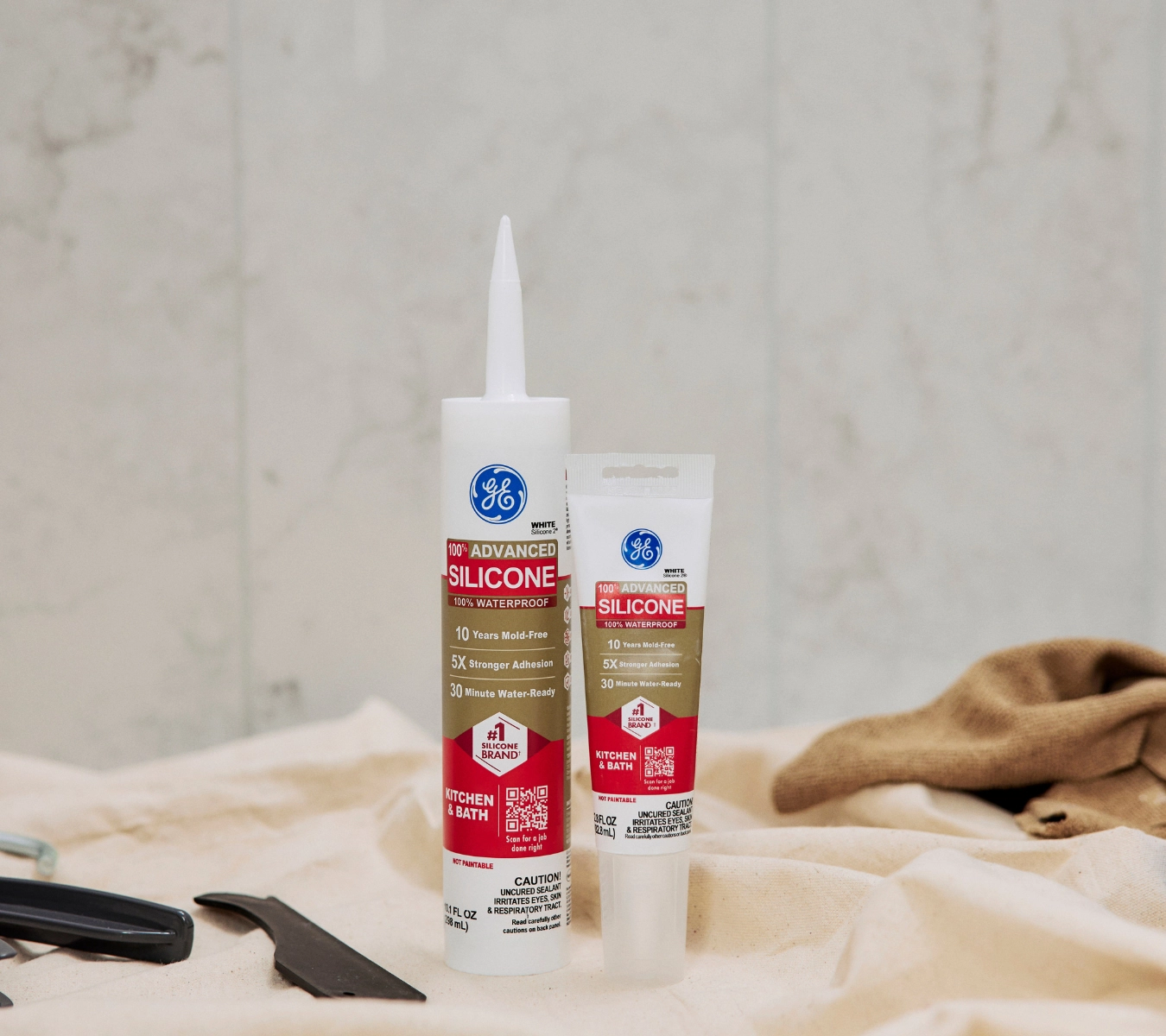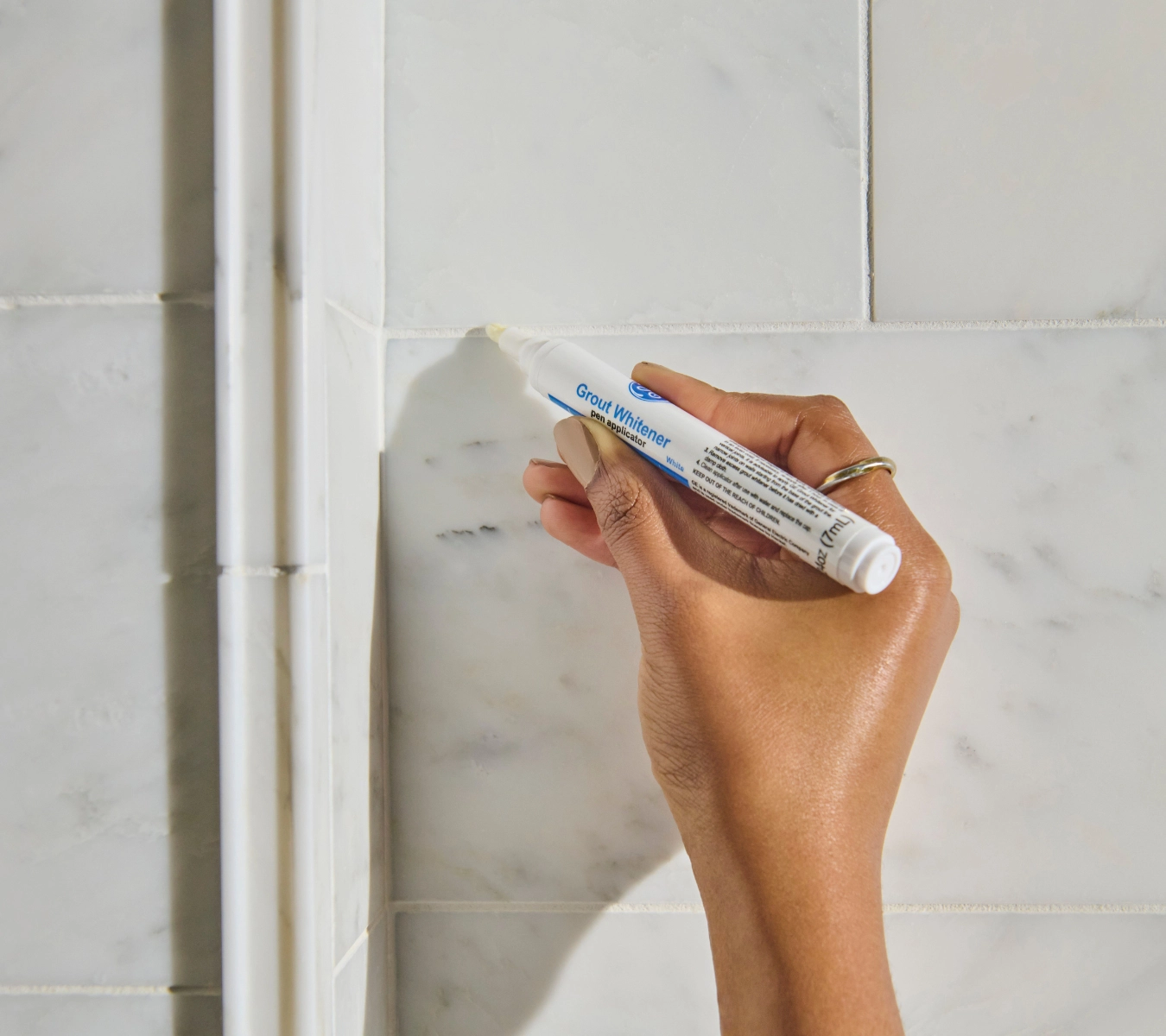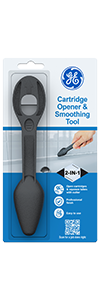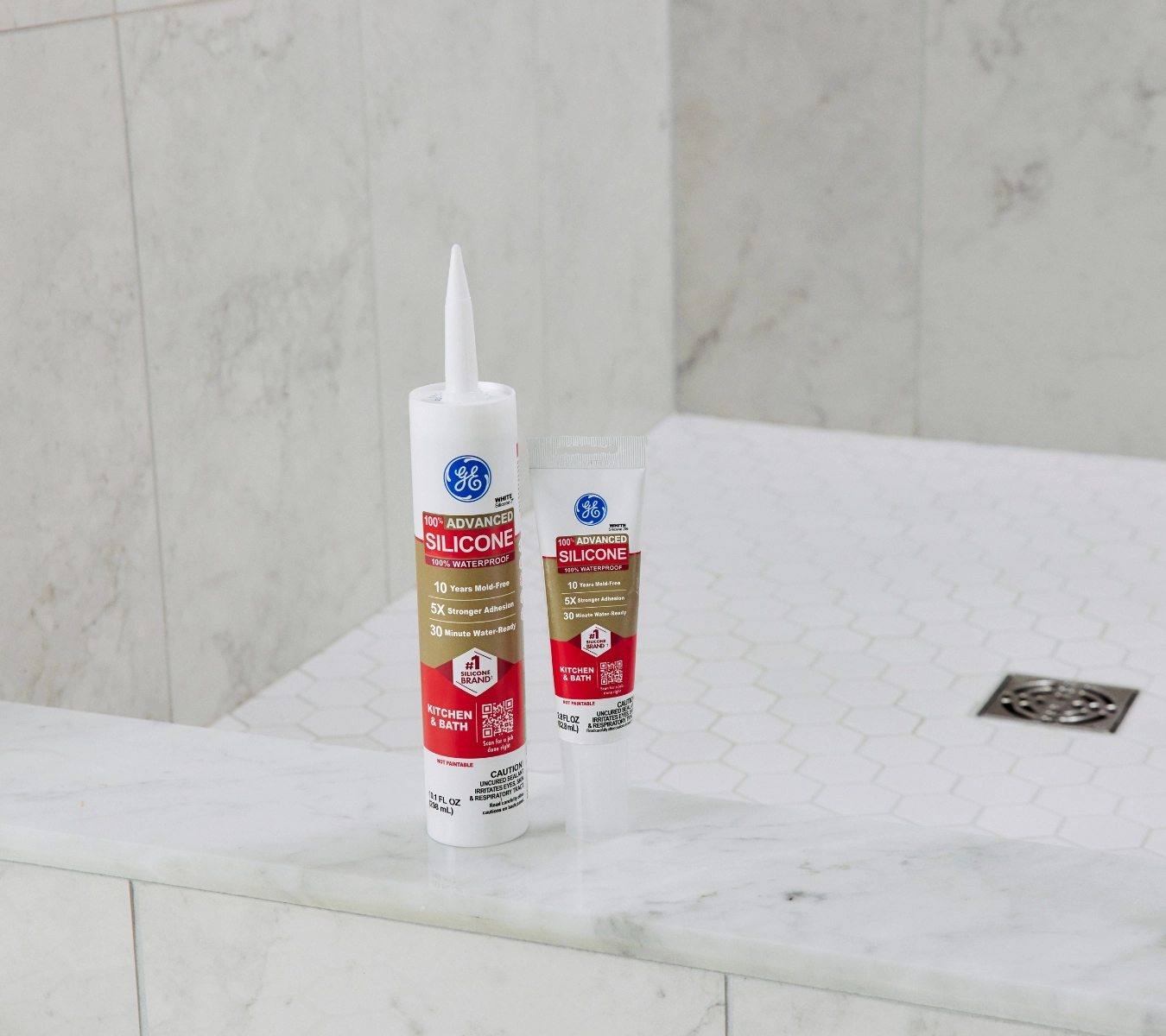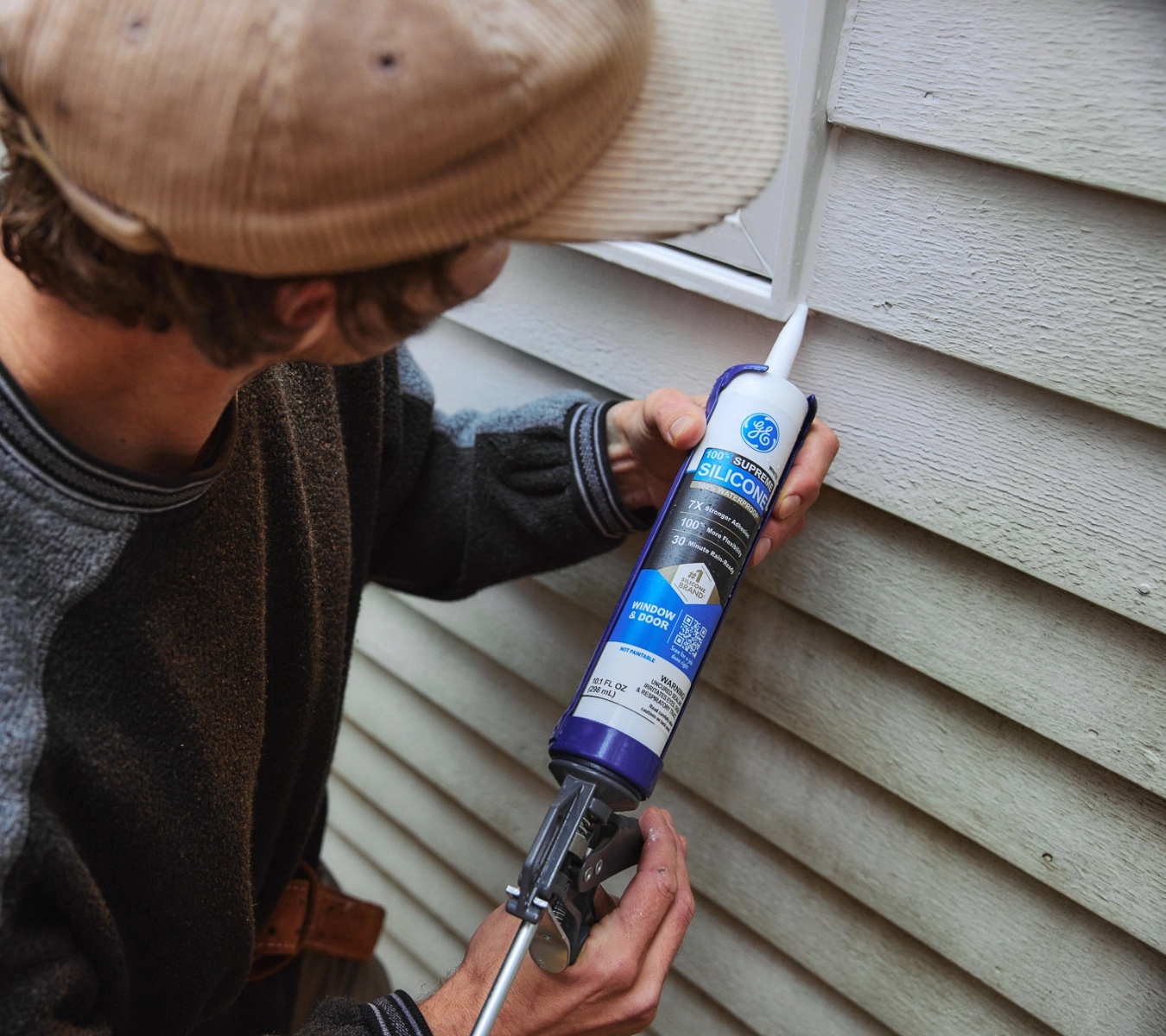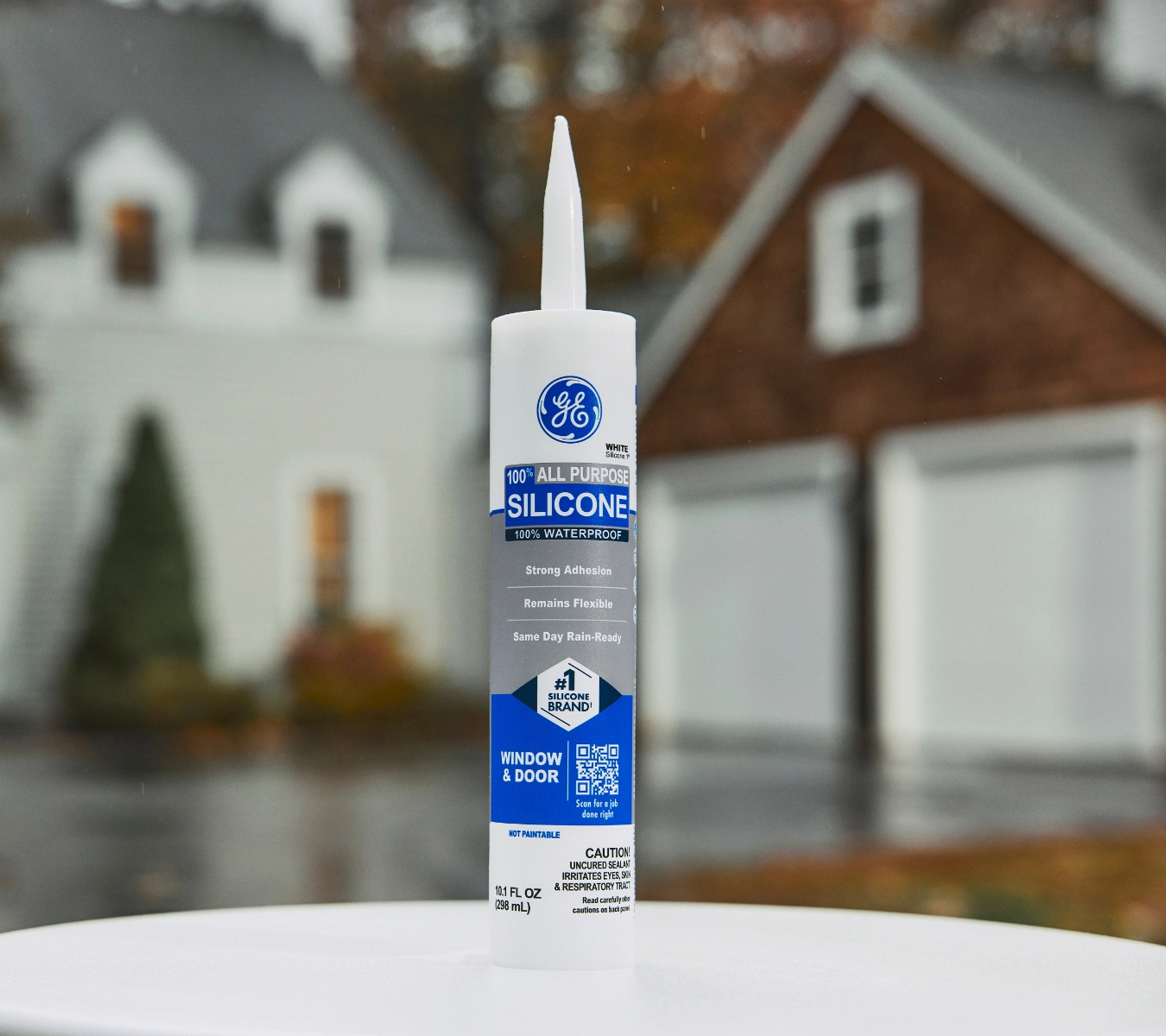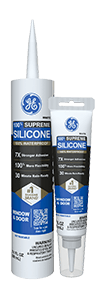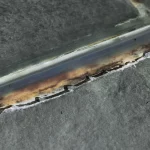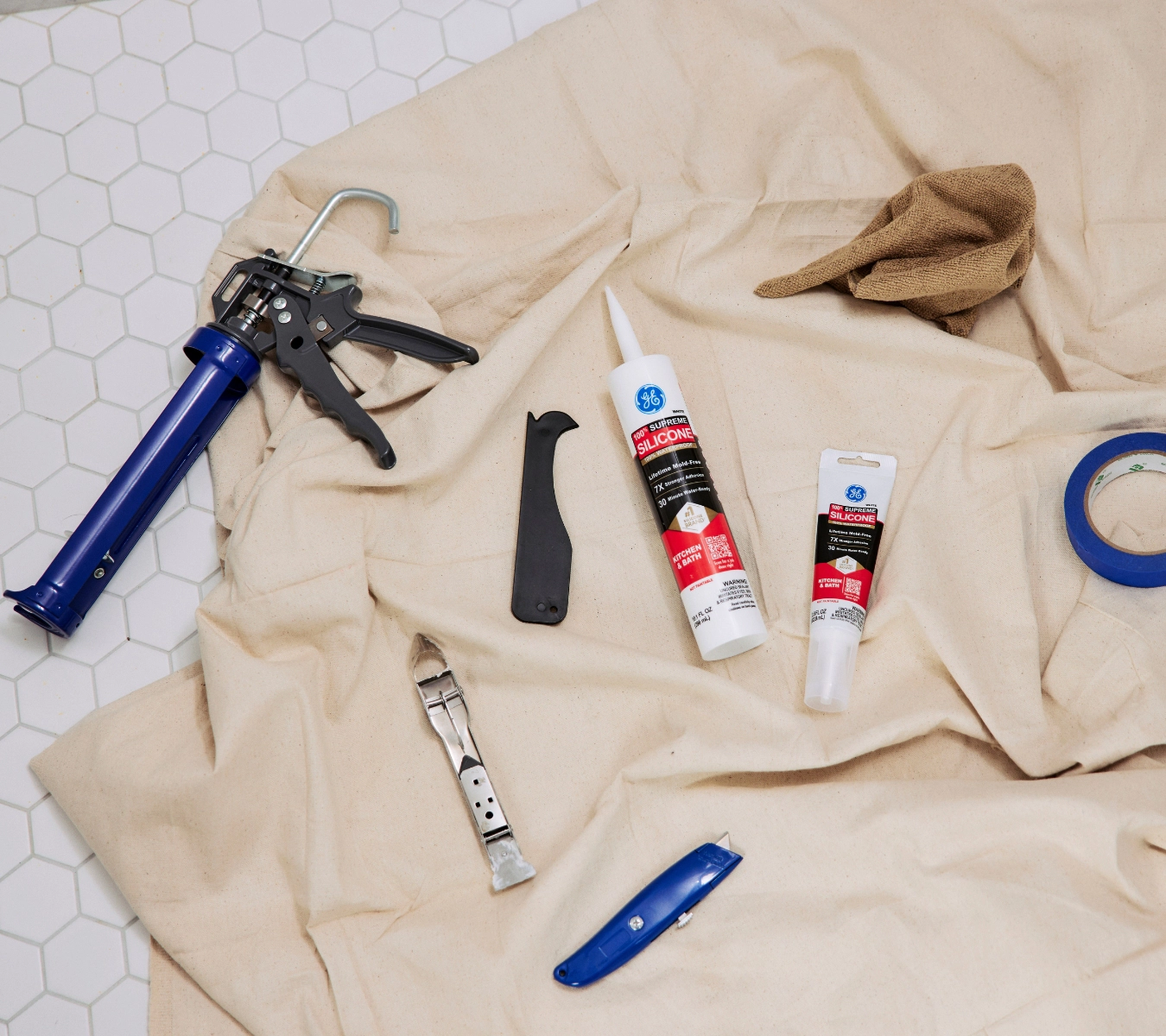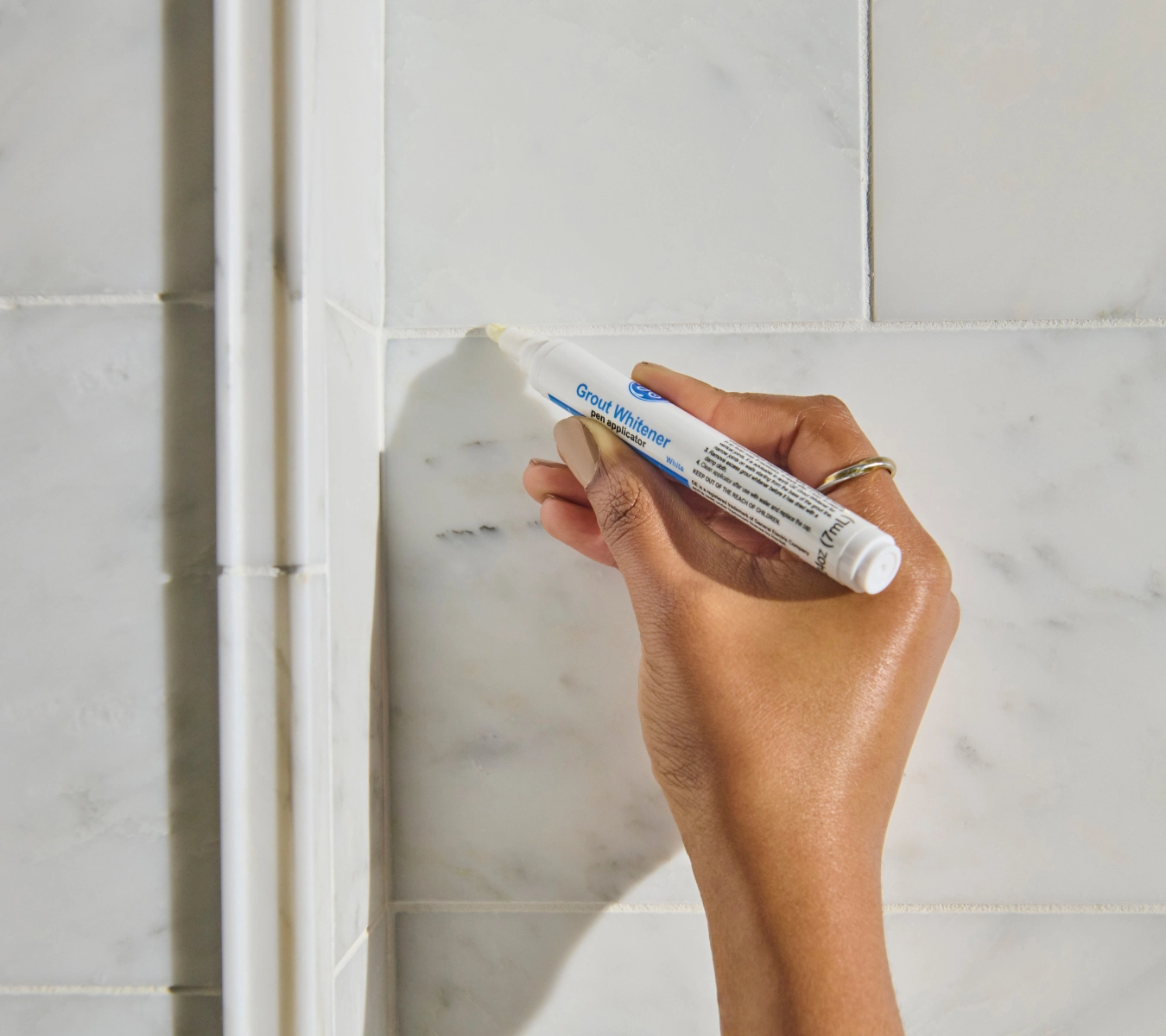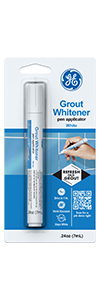Note: This DIY article is provided as a general guide only and is not intended to take the place of product-specific installation procedures; always follow applicable manufacturers’ instructions. Depending on your home’s age and condition, location within the home, and other potential factors, repairs and/or upgrades or other services may be necessary prior to the beginning and/or completion of your project that may involve the services of a home improvement professional. This article does not include advice pertaining to local building codes and/or any related inspections.
Spring may bring warmer temperatures and longer days, but it also brings heavy rain and rising humidity—prime conditions for water damage. Without proper moisture protection, leaks can develop in kitchens, bathrooms, basements, and around exterior openings. This guide will show you how to inspect, seal, and safeguard your home using trusted GE silicone sealants.
Springtime water risks
Spring weather can quickly expose weaknesses in your home’s waterproofing. As temperatures rise and snow melts, added moisture can overwhelm old sealant, worn joints, and porous surfaces. Heavy rains and shifting ground can lead to basement leaks, while increased humidity contributes to mold growth in bathrooms and around windows. Even small gaps or cracks can allow water to penetrate walls, trim, and foundation seams—causing water damage that often goes unnoticed until it’s too late.
Learn more about sealing windows in our how-to article.
Bathrooms and kitchens are particularly vulnerable due to frequent water use and steam buildup. On the exterior, poorly sealed windows, doors, and siding are common entry points for moisture. Without a proper barrier, water intrusion can damage drywall, flooring, insulation, and structural materials over time.
Understanding these seasonal risks is the first step toward prevention. By proactively inspecting and sealing potential trouble spots, you can help prevent moisture damage before it starts. The right products—paired with early action—can make all the difference in maintaining a dry, protected living space.
Inspecting your home for vulnerabilities
A thorough inspection is the start of any effective water damage prevention plan. Start by checking common problem areas where moisture is most likely to enter. In the kitchen and bathroom, look for cracked, shrinking, or moldy sealant around sinks, tubs, backsplashes, and countertops. Discoloration or separation at the seams can signal failure and should be addressed immediately.
Move to the basement, inspecting walls and floors for any signs of dampness, musty odors, or efflorescence—a white powdery residue that often indicates water infiltration. On the exterior, examine the seals around windows and doors, siding joints, and areas where pipes or vents penetrate the wall. Look for gaps, dried or peeling sealant, or material pulling away from the surface.
Don’t forget the attic and roofline—check for water stains or soft spots that may result from ice dams or roof leaks. Spotting vulnerabilities early helps prevent small gaps from turning into costly repairs.
Seal early and stay dry. Spring is the season to get ahead of leaks. GE Advanced Silicone Kitchen and Bath Sealant and All Purpose Silicone provide long-lasting, waterproof protection in kitchens, bathrooms, basements, and exteriors—so moisture stays out and your home stays intact.
Sealing solutions for interior spaces
Interior spaces like kitchens and bathrooms are prime locations for moisture buildup and water damage—and without proper sealing, water can seep behind fixtures, into walls, or under flooring. That’s why using a durable, mold-resistant sealant is essential for lasting protection in high-humidity zones.
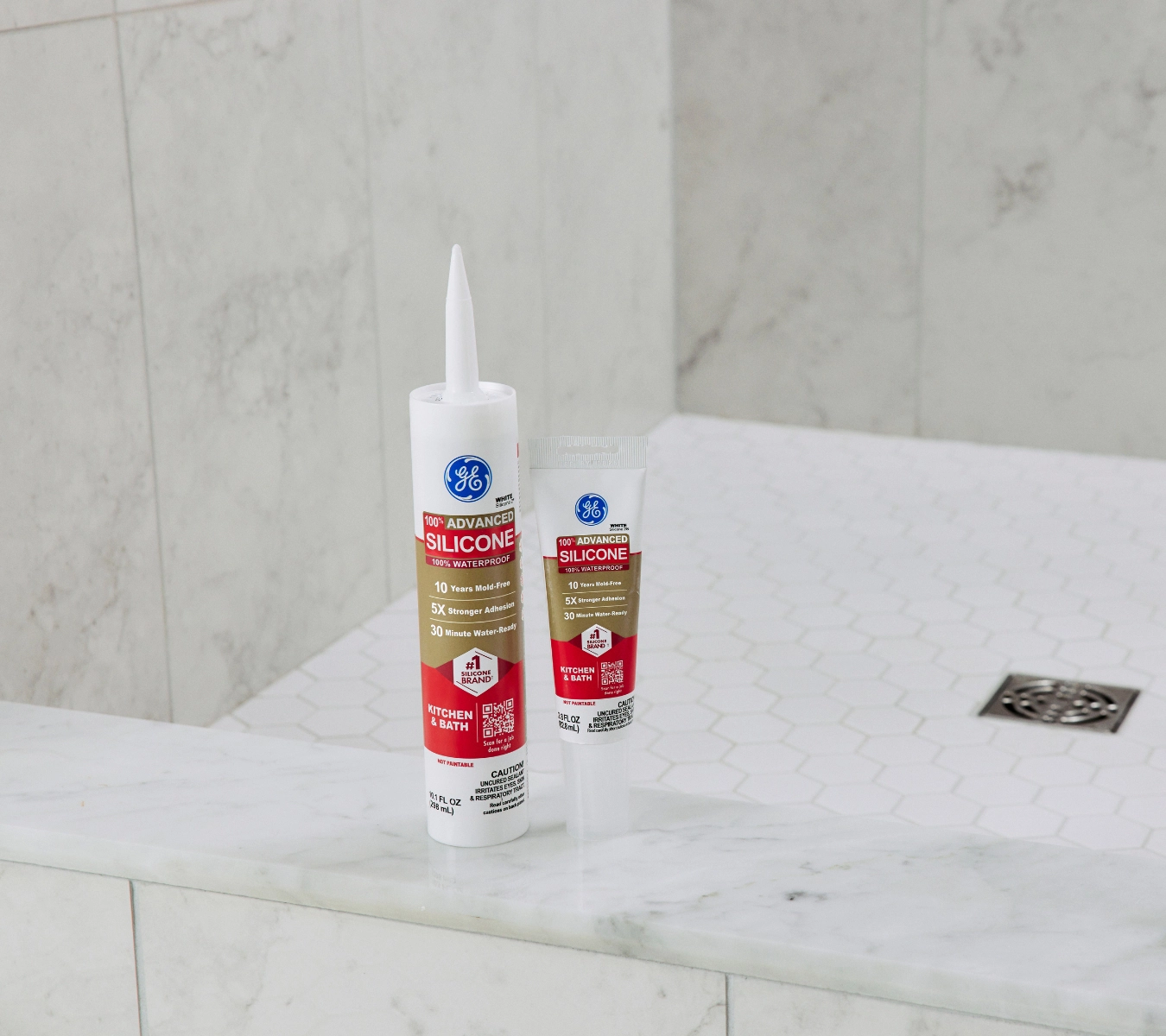
GE Advanced Silicone Kitchen & Bath Sealant is specifically formulated for these environments. This 100% silicone product is permanently waterproof, offering strong adhesion to surfaces like tile, porcelain, glass, and laminate. It’s also mold-resistant for up to 10 years, helping to keep wet areas cleaner and healthier over time. And with its 30-minute water-ready cure time, it’s ideal for quick, efficient repairs or upgrades.
Apply it around sinks, tubs, shower edges, countertops, and backsplashes—anywhere water is present daily. Be sure to remove old, failing sealant before reapplying. Clean and dry the surface, apply a continuous bead, and smooth it with a caulking tool or gloved finger.
This product’s flexibility ensures it won’t crack or shrink, even with daily cleaning and temperature fluctuations. For kitchens and baths, Advanced Silicone delivers the reliability and performance professionals trust for interior leak prevention and long-term moisture protection.
Fortifying exterior defenses
The exterior of your home is the first line of defense against spring rain and humidity. Gaps around windows, doors, siding joints, and utility penetrations can allow water to seep into your home’s structure, leading to rot, mold, and energy loss. Proper sealing with a weather-resistant sealant is an essential part of maintaining a watertight barrier.
GE All Purpose Silicone Sealant is an excellent choice for leak prevention in these high-exposure areas. This 100% silicone formula is permanently weatherproof, delivering strong adhesion and flexibility to a range of materials including wood, vinyl, metal, and brick. It becomes water-ready in just 30 minutes, making it ideal for quick touch-ups or full resealing projects.
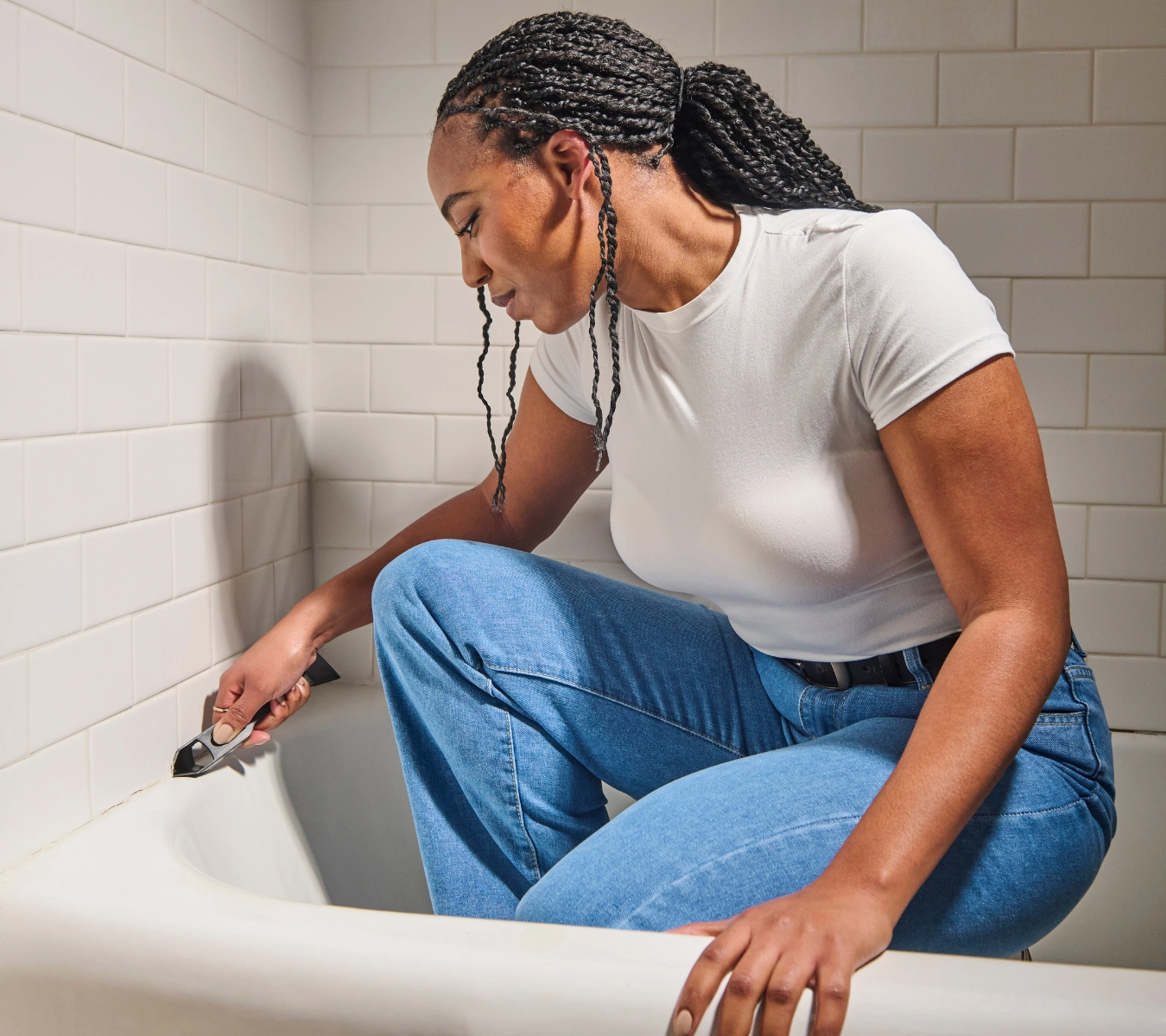
Use it to seal exterior trim, window and door frames, siding seams, and other vulnerable gaps. Before applying, remove any cracked or deteriorated sealant with GE’s Sealant Remover Tool or a putty knife. Then clean the surface and allow it to dry. Apply a steady bead along the joint and smooth it immediately for a clean finish and optimal contact.
Dried sealant on your hands and equipment? Learn more about removing sealant after a job.
GE All Purpose Silicone won’t shrink, crack, or break down in extreme temperatures or UV exposure. With reliable performance and 7-year mold-free product protection, it helps preserve your exterior and keep water where it belongs—outside.
Maintenance and long-term home waterproofing
Home waterproofing isn’t a one-time task—it’s part of regular home maintenance. Even the best sealants need periodic inspection, especially after heavy storms or temperature swings that can shift materials and create new gaps. Make it a habit to check high-moisture areas—like bathrooms, kitchens, basements, and exterior joints—at the start of each season.
Reapply sealant as needed to maintain a strong barrier against water, mold, and air leaks. GE silicone sealants, such as Advanced Silicone Kitchen and Bath and All Purpose Silicone, are designed for long-term durability and minimal upkeep. Their flexibility and adhesion help them stay intact longer than water-based or acrylic alternatives. With consistent care and quality products, you can protect your home year-round and avoid costly moisture-related repairs.
To get GE Sealants’ products for your home improvement project, visit these fine retailers in the U.S. or Canada.

